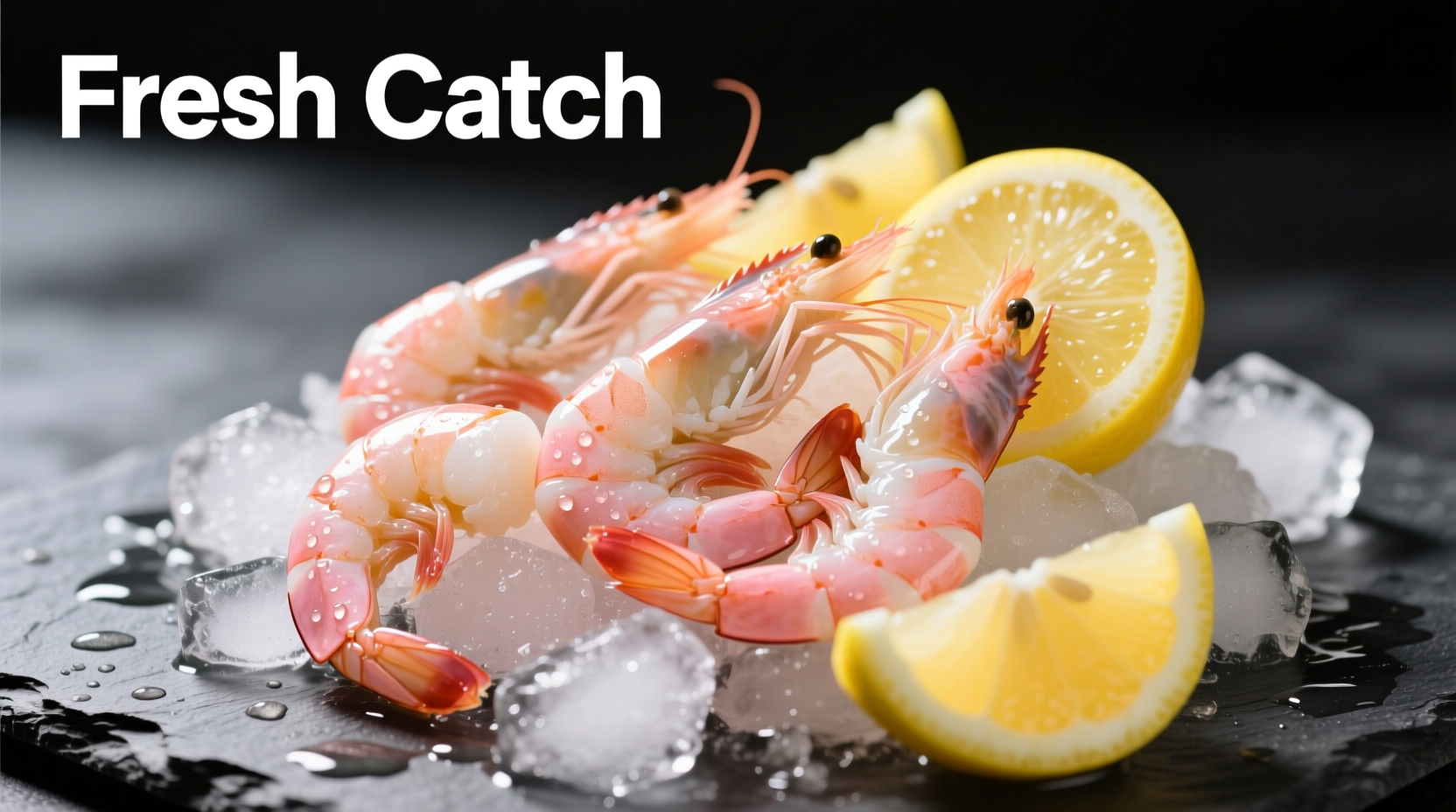Understanding what prawns are as food begins with recognizing them as decapod crustaceans belonging to the suborder Dendrobranchiata. Unlike true shrimp (suborder Pleocyemata), prawns have branching gills and distinctive body segmentation that affects their cooking properties. This scientific distinction matters because it influences texture, flavor absorption, and optimal preparation methods in culinary applications.
Clear Identification: What Makes a Prawn a Prawn?
When examining prawns at your local market, look for these defining physical characteristics:
- Three pairs of claw-like legs compared to shrimp's two pairs
- Distinct body segmentation where each abdominal segment overlaps the one behind it
- Longer legs and larger size on average than most shrimp varieties
- Branched gills visible upon close examination
These biological features translate directly to culinary differences. Prawns generally maintain firmer texture during cooking and absorb marinades more effectively due to their structural composition. Their larger size makes them particularly suitable for grilling and presentation-focused dishes where visual appeal matters.

Prawns vs. Shrimp: Resolving the Global Confusion
The persistent confusion between prawns and shrimp stems from regional naming conventions rather than biological accuracy. In many English-speaking countries, the terms are used interchangeably despite clear anatomical differences. This table clarifies key distinctions:
| Characteristic | Prawns | Shrimp |
|---|---|---|
| Biological Classification | Dendrobranchiata | Pleocyemata |
| Gill Structure | Branched | Lamellar (plate-like) |
| Body Segmentation | Second segment overlaps first and third | Each segment overlaps only the one behind |
| Front Legs | Three pairs of claws | Two pairs of claws |
| Common Culinary Use | Grilling, presentation dishes | Soups, stews, quick cooking |
According to the Food and Agriculture Organization of the United Nations, this terminology confusion creates challenges in international seafood trade, where precise biological classification affects sustainability practices and market pricing. In British English, "prawn" typically refers to larger specimens regardless of biological classification, while American English often uses "shrimp" for all sizes.
Culinary Applications: How Chefs Maximize Prawn Potential
Professional kitchens leverage prawns' unique properties through specific preparation techniques. The firm texture withstands higher heat applications that would overcook more delicate shrimp. When cooking prawns, follow these chef-recommended practices:
- Grilling: Leave shells intact for moisture retention; cook 2-3 minutes per side over medium-high heat
- Peeling technique: Remove legs first, then peel from head toward tail while leaving tail segment for presentation
- Marinating: Use acidic components sparingly (15-20 minutes max) to prevent premature "cooking"
- Doneness indicator: Perfectly cooked prawns form a "C" shape; overcooked become tight "O" shapes
Regional culinary traditions showcase prawns' versatility. Mediterranean preparations often feature garlic and olive oil, while Southeast Asian cuisines incorporate prawns into complex curry pastes and fermented fish sauces. The National Geographic Seafood Guide notes that prawns' mild sweetness makes them particularly compatible with bold flavor profiles that might overwhelm more delicate seafood.
Nutritional Profile: Health Benefits Beyond Taste
According to USDA FoodData Central, a 3-ounce (85g) serving of cooked prawns provides:
- 84 calories with 18g of complete protein
- Significant selenium (48% of daily value) and vitamin B12 (31% of daily value)
- Healthy omega-3 fatty acids (0.3g per serving)
- Naturally low in saturated fat (0.3g) and carbohydrates
Nutritionally, prawns offer high-quality protein with all nine essential amino acids while remaining low in calories. Their selenium content supports thyroid function and antioxidant protection, while the vitamin B12 aids neurological health. The American Heart Association recognizes prawns as part of a heart-healthy diet when prepared using appropriate cooking methods.
Selection and Storage: Ensuring Peak Quality
When purchasing fresh prawns, look for these quality indicators:
- Firm, translucent flesh without black spots or yellowing
- Sweet ocean-like aroma (avoid ammonia smells)
- Intact shells with minimal blackening at joints
- Moist appearance without excessive liquid in packaging
For optimal freshness, store prawns in the coldest part of your refrigerator (32-34°F) on a bed of ice with a perforated container to allow drainage. Use within 1-2 days of purchase. When freezing, place in airtight containers with minimal air exposure; properly frozen prawns maintain quality for 3-6 months. Thaw frozen prawns gradually in the refrigerator rather than using water immersion to preserve texture.
Sustainability Considerations for Conscious Consumers
The global prawn industry faces significant sustainability challenges. The Monterey Bay Aquarium's Seafood Watch program reports that approximately 75% of farmed prawns come from operations with moderate to high environmental impact. Look for these certifications when purchasing:
- Marine Stewardship Council (MSC) for wild-caught varieties
- Aquaculture Stewardship Council (ASC) for responsibly farmed options
- BEST Aquaculture Practices (BAP) certification with 4-star rating
Wild-caught prawns from well-managed fisheries in Canada, USA, and New Zealand generally receive the highest sustainability ratings. When selecting farmed options, closed-containment systems represent the most environmentally responsible approach, minimizing habitat disruption and pollution concerns associated with traditional pond farming.











 浙公网安备
33010002000092号
浙公网安备
33010002000092号 浙B2-20120091-4
浙B2-20120091-4